You'll love it if:
- You’re a fan of retro RPG's
- You love games with gorgeous pixel art
- You enjoy turn-based combat
- You’re looking for an entry-level RPG
Not for you if:
- Pixel art doesn’t appeal to you
- You like RPG's with a lot of player freedom
- You’re looking for a deep story
- You prefer action games over RPG's
As a platform for funding indie gaming projects, Kickstarter has brought us many noteworthy titles. Chained Echoes, and Eijuden Chronicle, with its prequel Eijuden Chronicle: Rising, are only some of the most recent ones. Sea of Stars now joins the pantheon of these success stories. Developed by Quebec-based Sabotage Studio, Sea of Stars began development in 2020 as a Kickstarter project.
It promised a turn-based RPG experience inspired by the SNES era, with mesmerizing visuals and a soundtrack made with the help of Yasunori Mitsuda. On paper, it sounded almost too good to be true. Now that the game has been released and we can get a better look at Sabotage Studio’s latest project, does Sea of Stars really “click” as well as it promised it would for so many retro JRPG fans?
TL;DR
Sea of Stars is a welcome success story in the age of season passes, live service, and aggressive monetisation. It’s a turn-based RPG inspired by classics like Chrono Trigger and Golden Sun. At the same time, it refines the retro RPG formula just enough to stand out on its own, making it an excellent game for both genre veterans and casual players alike.
Story – A Charming Coming-of-Age Story
Sea of Stars features two main protagonists, Valere and Zale. The story is told retrospectively, as you listen to someone tell you their story. However, because the story took place “a long time ago”, the details might not be correct. Sabotage Studio plays with this idea because Sea of Stars takes place in the same universe as their other game, The Messenger, but thousands of years in the past.
This is an interesting story structure, as it allows the player a small level of freedom while also having a sense of mystery. Valere and Zale are warriors who use the powers of the Sun and Moon as magic. Each has a very distinct combat style, skills, weapons, and character traits. While you can choose which one to control at the beginning of the game, you can change your mind later on so it doesn’t lock you out of the other character.
Valere and Zale, along with several other characters, are on a journey of self-discovery. In a typical JRPG fashion, this is a story of “healing the world” and growing up during that journey. It’s a very charming story full of humour, emotional moments, and a few twists that keep things interesting. This is not a dark story with high stakes and character deaths. It’s a lighthearted affair, and it’s not groundbreaking in any way, nor is it trying to be. And that’s okay.
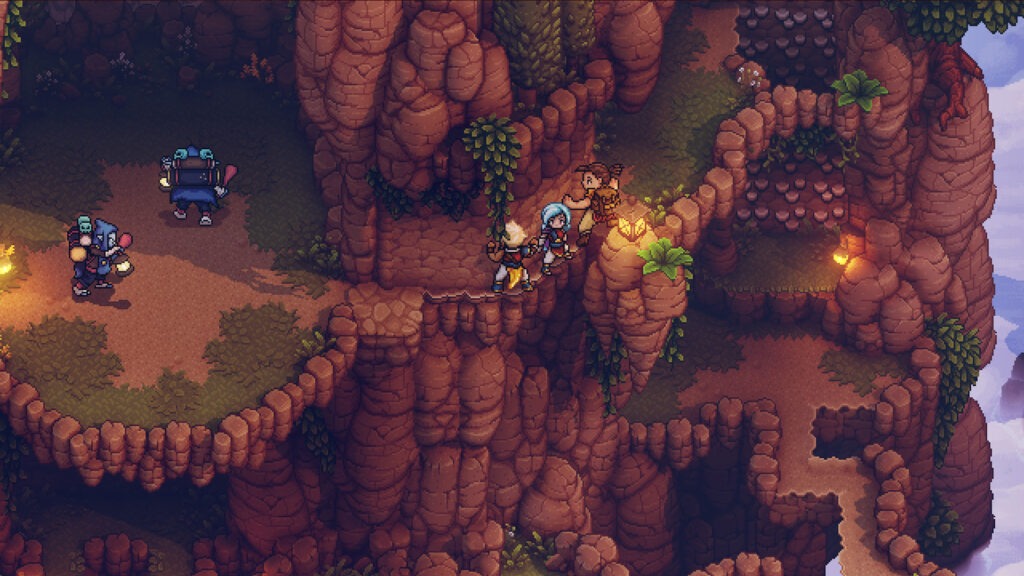
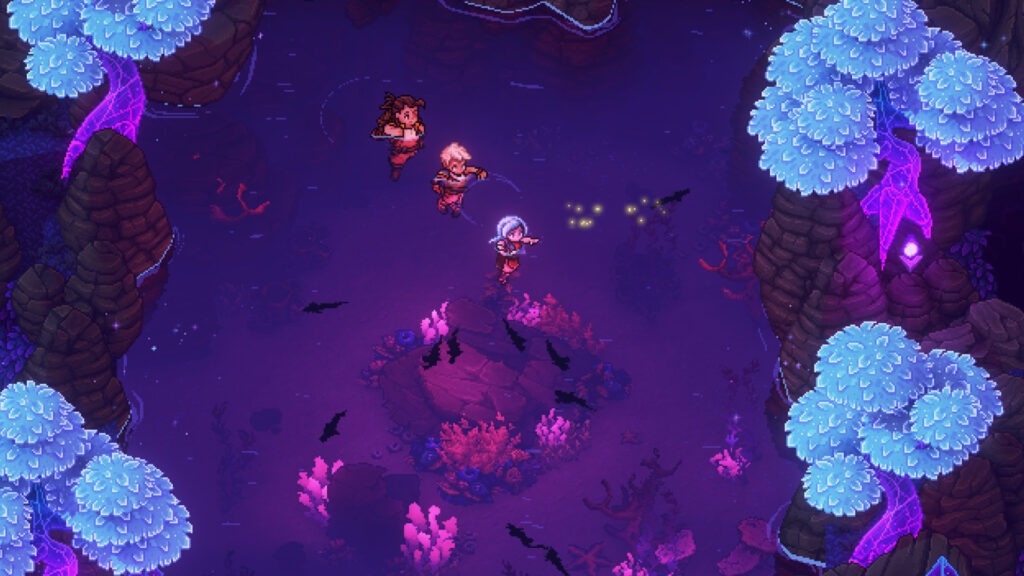
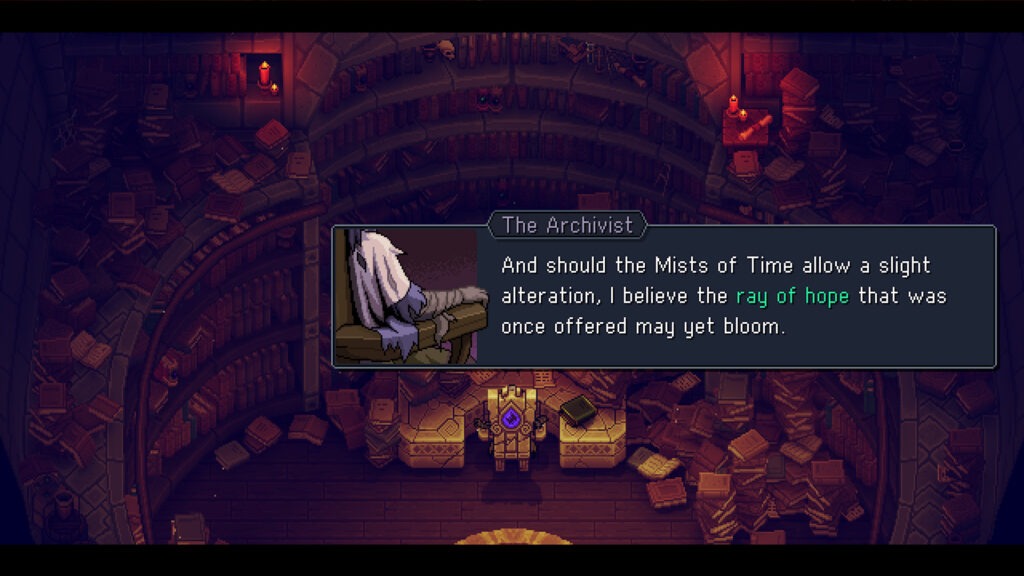
Gameplay – Healthy Mix of Combat and Puzzles
As is tradition with retro RPGs, you’ll spend most of your time in various dungeons. These dungeons are all unique, handcrafted areas with their own monsters, puzzles, items, and bosses. It’s a healthy change from so many games choosing to go with procedurally-generated dungeons. Sea of Stars doesn’t have traditional random encounters. Instead, you’ll clearly see the enemies as you travel and can either fight them or try to avoid them.
You’ll fight your way through dungeons with a party of three members out of six available characters. Each character has unique skills and weapons so you’ll quickly find your favorites. Some characters can also combine their attacks with others to deal massive damage or heal everyone in your party, for example.
On the other hand, you’ll solve plenty of puzzles in each dungeon. These are not straightforward combat areas, as each dungeon features many unique puzzles and environmental challenges for you to solve. Sea of Stars features a very good mix of combat and puzzles and you’ll never get bored of either gameplay element.
Between fighting and solving puzzles, you’ll cook meals which are used as healing items and trade loot for gold and new items. You’ll also spend a lot of time fishing, because what is a retro RPG without fishing? Overall, Sea of Stars doesn’t overly rely on any of these systems. You’ll always have forward momentum and there’s no need to grind at all.

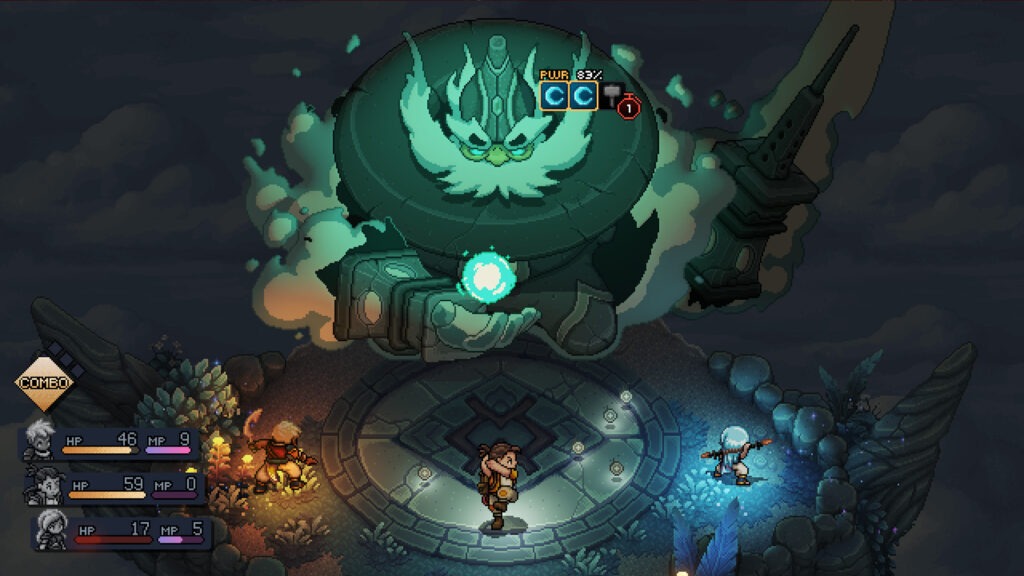
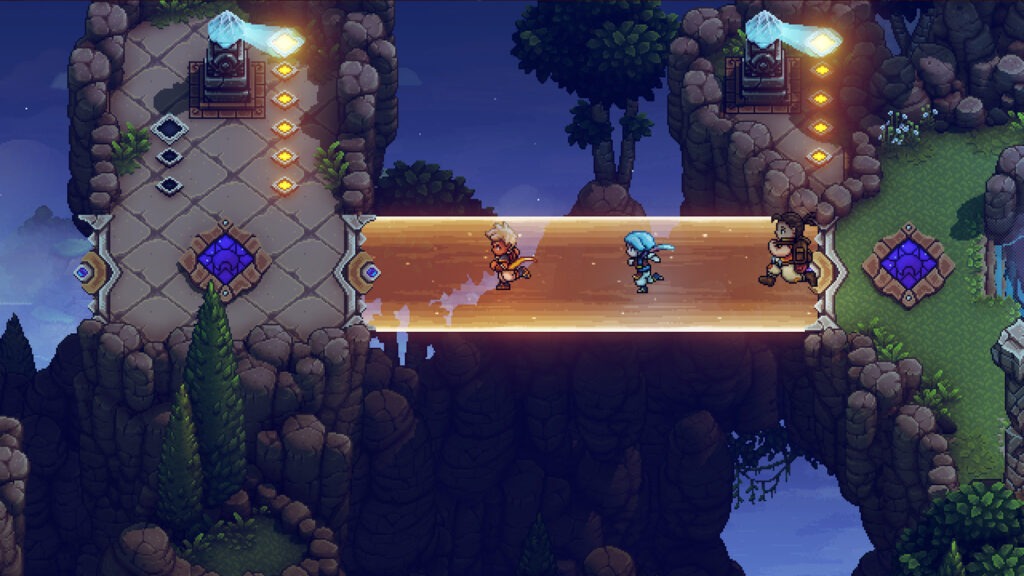
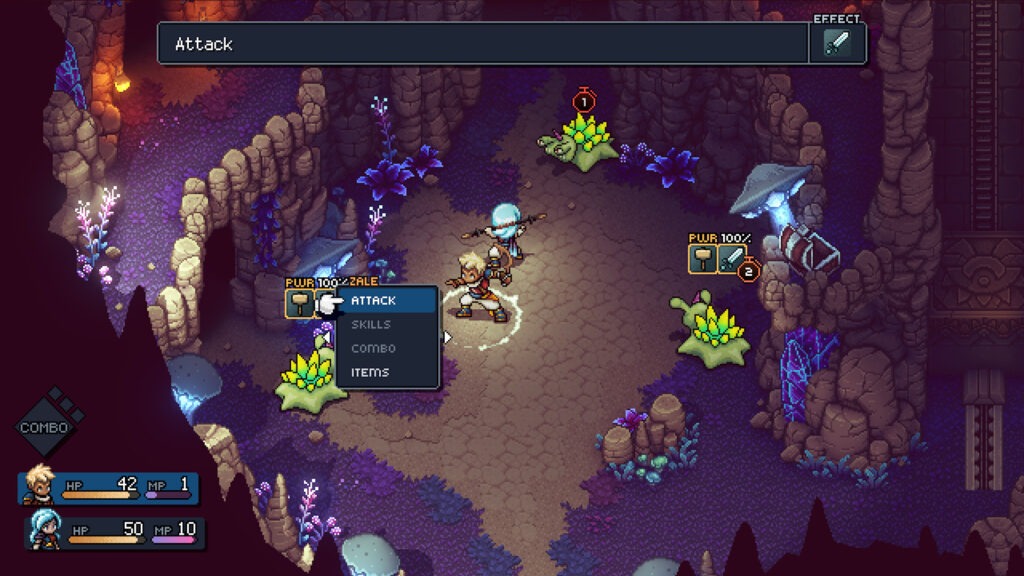
The Game’s Accessibility is its Biggest Strength
Sea of Stars isn’t a hardcore RPG – it’s built to cater to as many types of players as possible. Throughout the game, you’ll come across so-called “Relics”. These items turn on various gameplay features which make the game more enjoyable for casual players. For example, one Relic will allow you to heal after every battle. Another will let you block attacks more easily.
They have no negative effects and are intended for players who are unfamiliar with classic JRPG’s or those who are short on time and simply want to enjoy the story. This is a great feature as it doesn’t affect veteran players in any way but opens the door for so many new players to come and try out Sea of Stars.

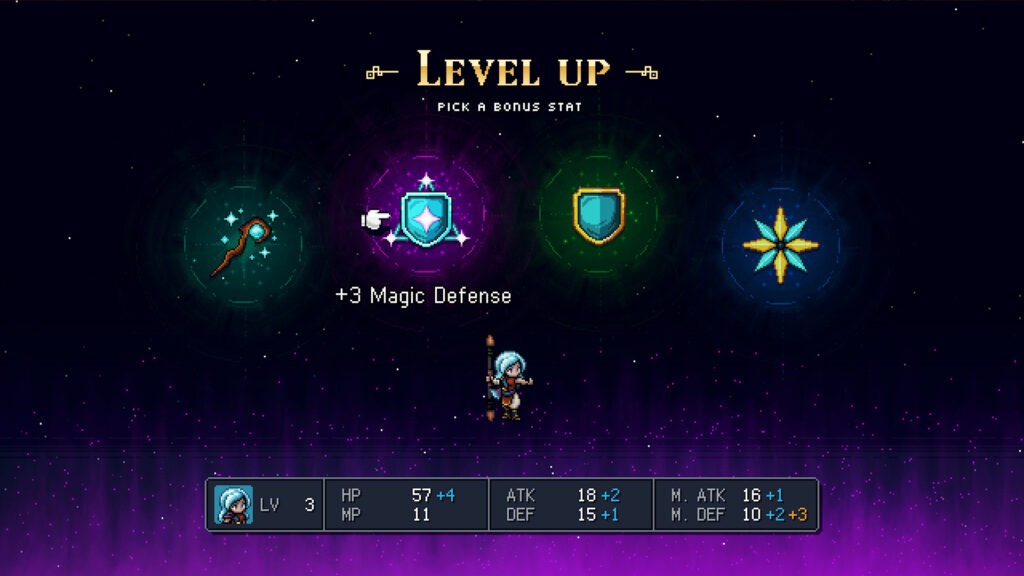
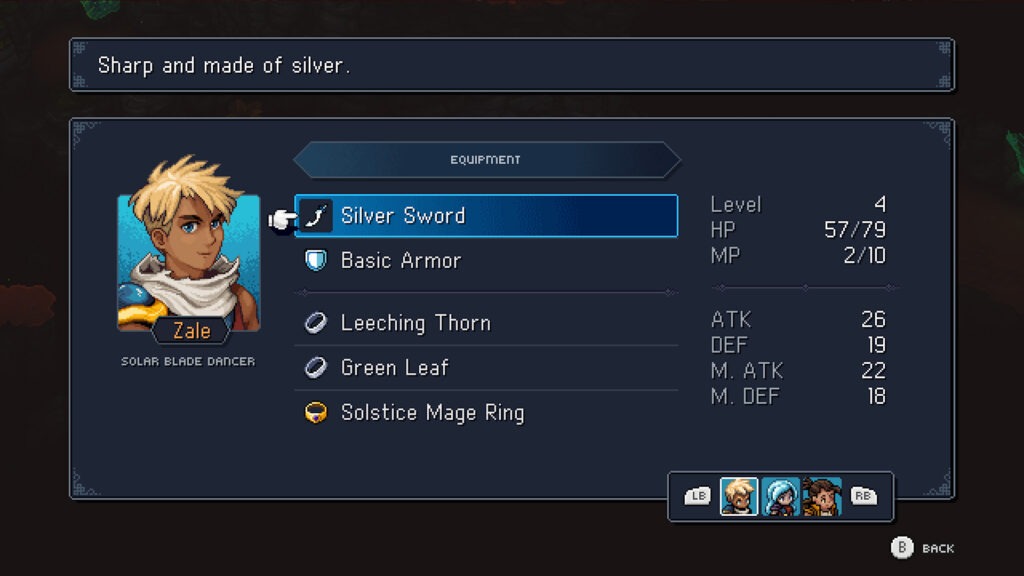
Visuals – Taking Inspiration from the Classics
One look at Sea of Stars will tell you everything you need to know about its influences. Sabotage Studio set out to create a retro-inspired RPG and the emphasis is on “inspired”. While the game boasts phenomenal pixel art with beautiful picturesque areas, it’s clear that this level of detail couldn’t exist on the SNES or even on the PS1.
Combined with the game’s high resolution, bulky character models, and rich animations, the art simply “pops” and catches your eye instantly. This is one of the most pleasant-looking games we’ve played in a long time and it’s a testament to the team’s dedication to respect the classics that came before while also adding their own stamp to the genre.
Sea of Stars also features brief but equally impressive cutscenes which are animated and give its world even more charm and life. They appear at critical points in the story and serve to switch up the presentation for a moment before the game reverts back to pixel art in-engine cutscenes. Overall, there’s not a single wrinkle in the game’s presentation and it’s clear that its long development time was ultimately worth it.
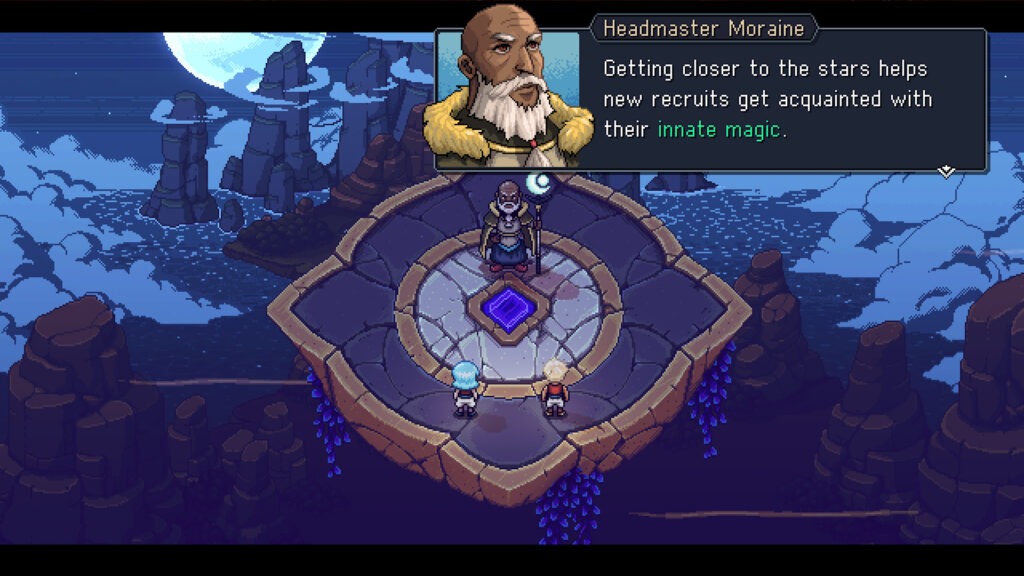
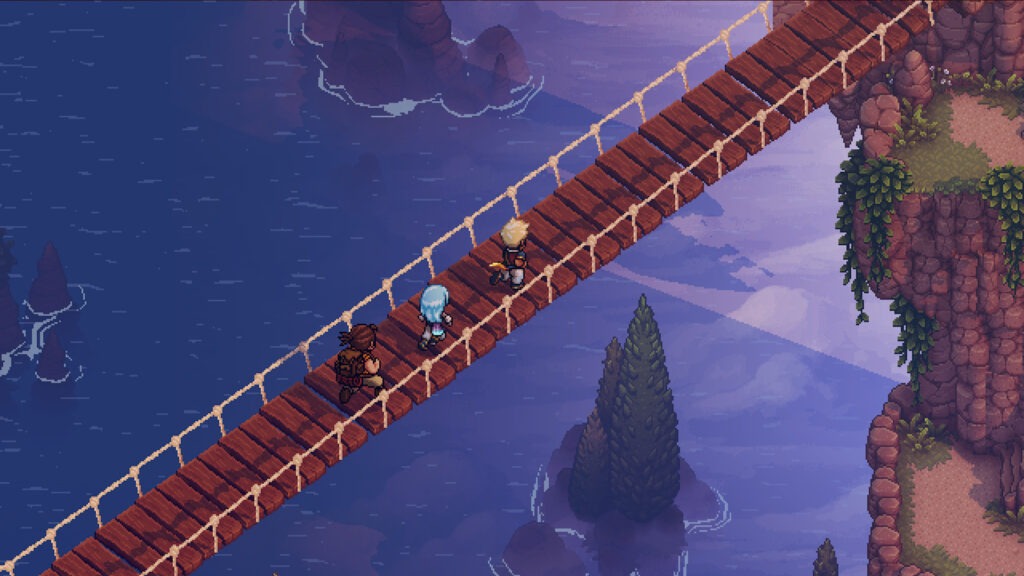

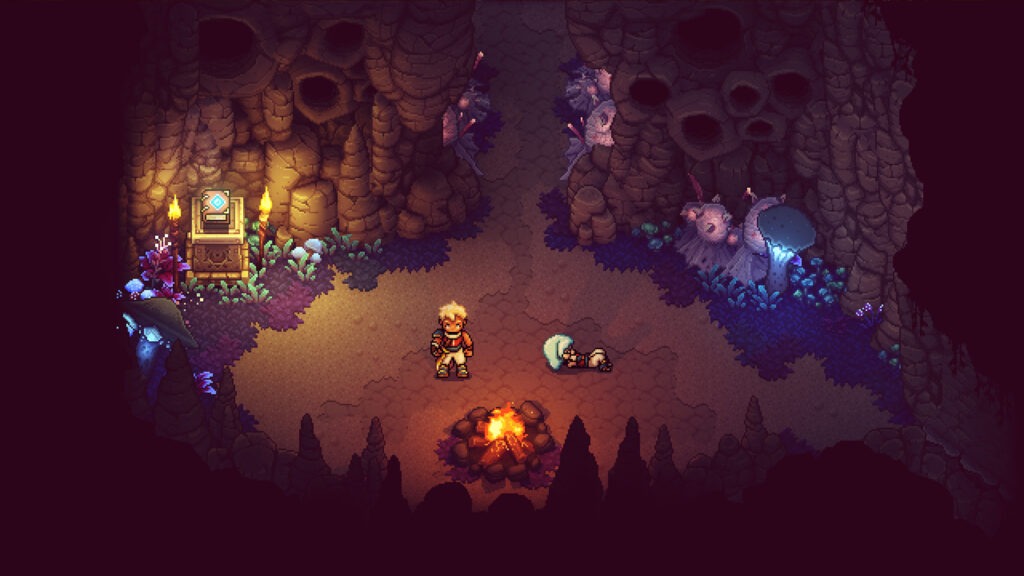

A Polished, Enjoyable Experience
Sea of Stars is built on the Unity engine which allowed Sabotage Studio to easily work on the game’s various ports. Thanks to the engine’s scalability, the game is available on every platform which is a remarkable accomplishment for an indie team. Technically, the game runs flawlessly and we haven’t encountered any bugs or crashes during our time with Sea of Stars.
The level of detail on display is astonishing considering that the game features a pixelated art style. The team modernized it in just the right places by adding smooth animation transitions and screen fades during scene transitions, for example. The game looks like an SNES title but it feels more modern to play, which is the perfect target to aim for.
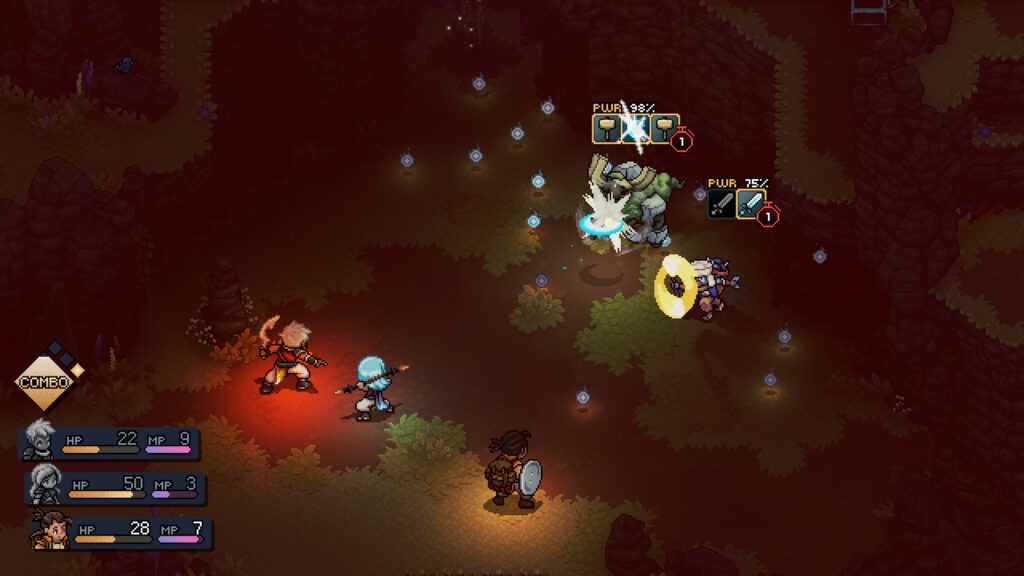

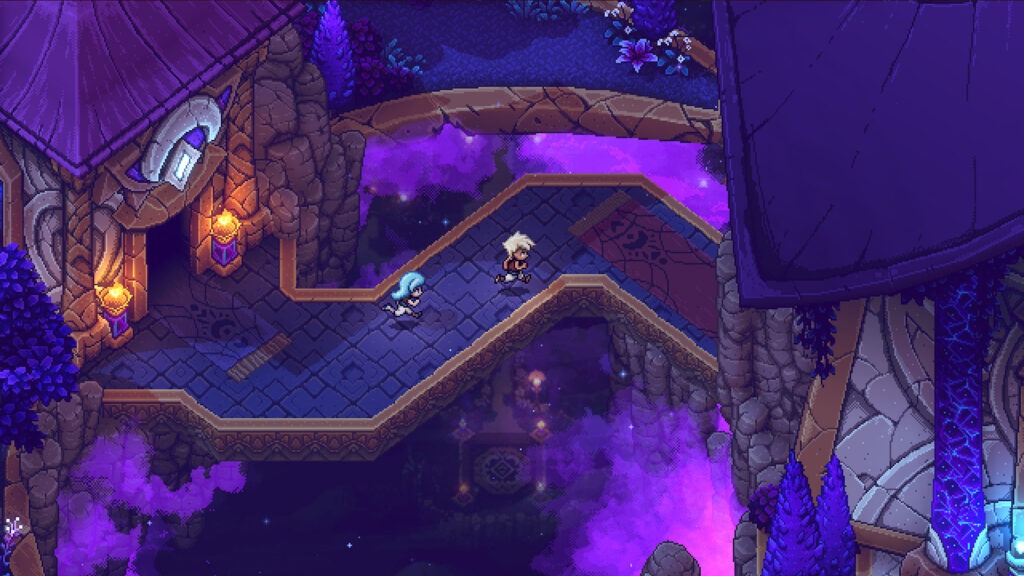

Audio – A Blast from the Past
The first time you boot up Sea of Stars and look at its menu, you’ll know what the game is trying to do. Every element of audio design aims to evoke a sense of playing a game that might have come out 40 years ago. Whether you’re a fan of classic Final Fantasy titles (I-VI), the Mana series, or Chrono Trigger, Sea of Stars will give you the same feeling of playing those titles.
Navigating the menus, resting at a campfire, talking to NPC’s, or simply solving puzzles all sounds like it came straight from the SNES. This is a landmark accomplishment for Sabotage Studio as it succeeded in bringing back a bygone era of JRPG’s with a fraction of the budget of games like Octopath Traveler II.

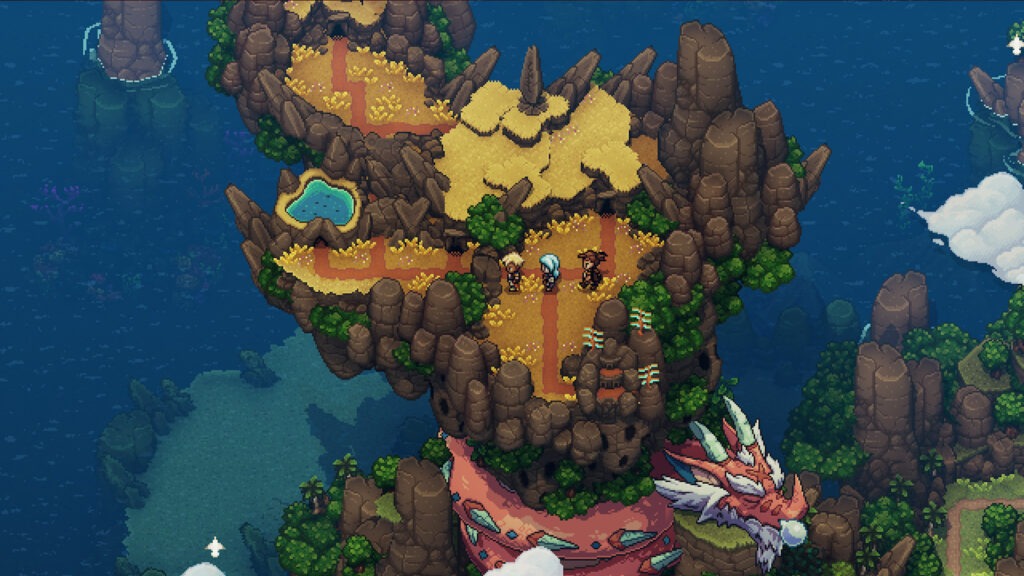

Yasunori Mitsuda’s Influence Can Be Heard
While the bulk of the soundtrack in Sea of Stars was composed by Eric W. Brown who previously worked on Sabotage Studio’s The Messenger, Yasunori Mitsuda also collaborated on the project.
Known for his legendary work on titles such as Chrono Trigger and Chrono Cross, as well as contributions to the Xenoblade Chronicles series, Mitsuda’s musical stamp can be felt throughout the game. The game’s soundtrack is full of catchy, 16-bit-inspired tracks that you’ll love listening to over and over again. Each area you visit will have its own theme, ranging from upbeat and exciting pieces to melancholic, moody music depending on what the story demands.
There are very few if any parts of the soundtrack which don’t sound like a lot of care went into creating them. Combined with the game’s SNES-inspired audio design, Sea of Stars is a joy to simply experience, even if you’re not a big fan of the genre.
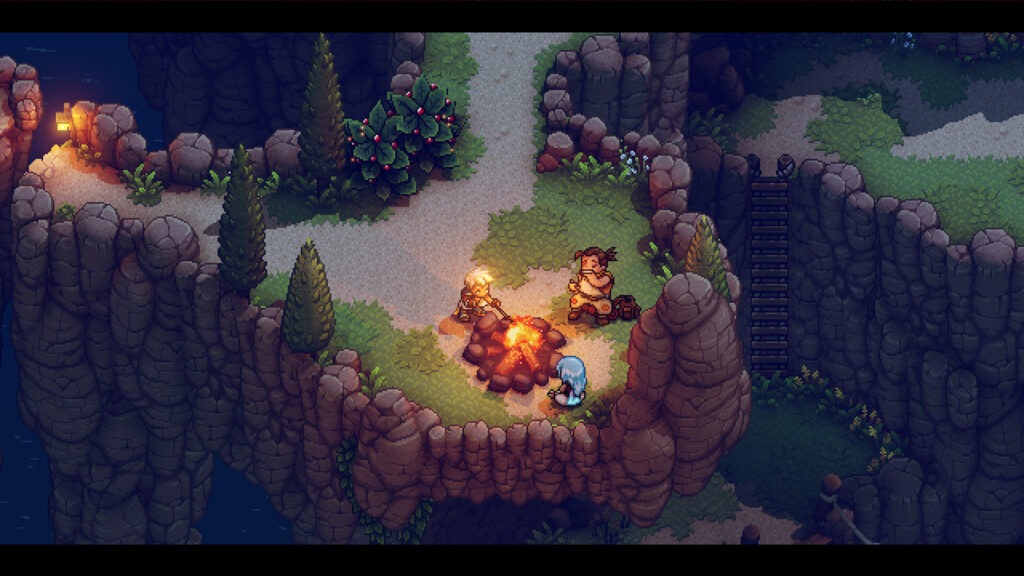
Final Thoughts – Should you Play Sea of Stars?
Sea of Stars is a game that wears its influences on its sleeve. It’s a turn-based retro JRPG that’ll take you about 30 hours to complete and about 40-45 hours to 100%. Even in that sense, it’s much closer to Chrono Trigger than other more recent titles like Octopath Traveler.
If you’re a fan of the genre, you were already convinced that this is the game for you. However, if you’re a casual enjoyer of JRPG’s, you should especially try Sea of Stars as it’s an amazing beginner game. It features plenty of accessibility features which will help you adjust its difficulty and its turn-based combat ensures that you don’t need quick reflexes to succeed.
Sea of Stars is now available on all platforms. For the first time in the gaming industry, the game is also available on Microsoft’s GamePass and Sony’s PS Plus at the same time, on day one. This makes it easy for you to pick up the game on whichever platform you’d like as a player. For the developers, this means more players will get to discover and fall in love with Sea of Stars, its world, and its audio-visual charm just like we did.
From all of us at BGeek, congratulations to Sabotage Studio, and huge thanks for providing us with the review copy!
